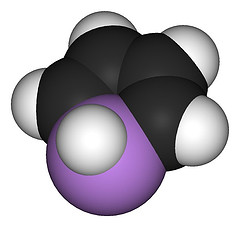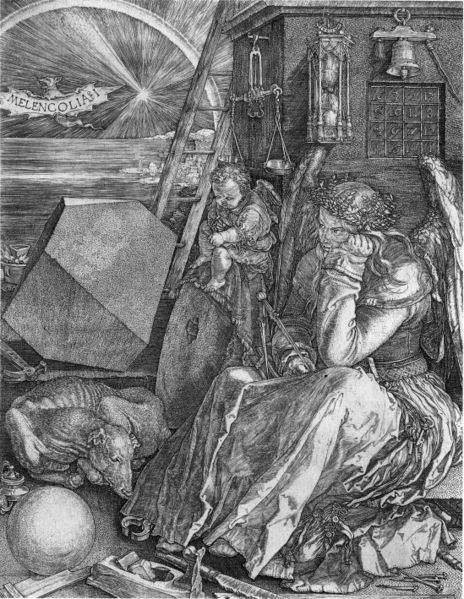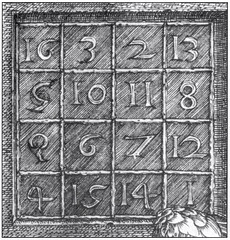102 + 112 + 122 = 132 + 142
Science & Math
More Magic
If this magic square worked upside down, this one works when reversed, “mirrorwise”:
| 96 | 64 | 37 | 45 |
| 39 | 43 | 98 | 62 |
| 84 | 76 | 25 | 57 |
| 23 | 59 | 82 | 78 |
| 54 | 73 | 46 | 69 |
| 26 | 89 | 34 | 93 |
| 75 | 52 | 67 | 48 |
| 87 | 28 | 95 | 32 |
Fancy That
31415926535897932384626433832795028841 is a prime number.
It’s also the first 38 digits of pi.
“Self-Locating” Strings
In the decimal expansion for pi, the digits 16470 appear in position 16,470.
And the digits 44899 appear in position 44,899.
Math Notes
37 = 32 + 72 – 3 × 7 = (33 + 73)/(3 + 7)
Cosmic Irony

In 1961, astronaut Gus Grissom nearly drowned after a splashdown when his Mercury capsule opened prematurely. He recommended making the hatch more secure.
Eight years later he died when Apollo 1 caught fire. The hatch had prevented his escape.
Juvenile Chemistry

This compound, C4H5As, is known as arsole.
When it’s fused to a benzene ring, it’s called benzarsole.
No, I’m not above pointing that out.
Math Notes
371 = 33 + 73 + 13
Math Notes
5882 + 23532 = 5882353
Fallow and Fertile


Albrecht Dürer’s Melencolia I might brood about thwarted creativity, but it contains one of the most brilliant magic squares in all of European art.
You can reach the sum of 34 by adding the numbers in any row, column, diagonal, or quadrant; the four center squares; the four corner squares; the four numbers clockwise from the corners; or the four counterclockwise.
As a bonus, the two numbers in the middle of the bottom row give the date of the engraving: 1514.
